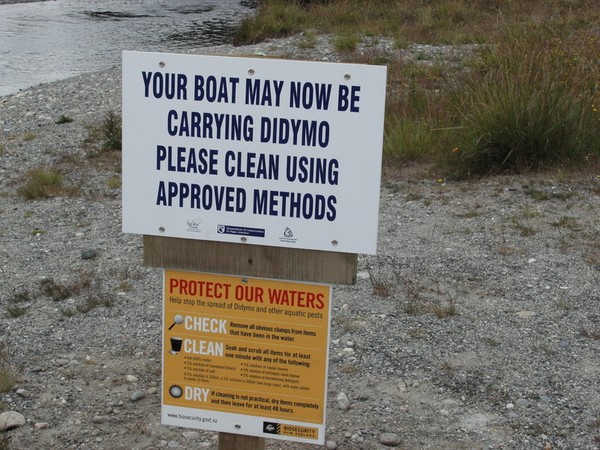Dead didymo cells found in Waikato region

Environment Waikato is underlining the importance of checking, cleaning and drying any gear being moved between waterways, following the discovery of dead didymo cells in the Waikato region.
MAF Biosecurity New Zealand is currently carrying out more testing, as live cells need to be present before a waterway can be confirmed as being infected with didymo.
At the moment there is no way to eliminate the invasive alga, colloquially known as ‘rock snot’.
“A confirmed didymo discovery would be a major blow to the region, particularly as the impacts on the Tongariro River and Turangi economy could be significant,” Environment Waikato regional pest management committee chairman Simon Friar said.
The dead cells were found in some samples of water taken late last week from the Tongariro, Whakapapa, Mangatepopo and Whanganui Rivers.
“Environment Waikato has been working with a number of other agencies to try and keep didymo out of the North Island,” Mr Friar said.
“We will assist MAF Biosecurity New Zealand in any way we can and will be involved in a response plan should any live cells be found.
“In the mean time, we are asking all river users to be vigilant and make sure they decontaminate any gear they are transfering between waterways.”
Any equipment used in a waterway should be cleaned with a detergent solution (500ml or two large cups of detergent with water added to make 10 litres) in a manner that ensures contact with all surfaces, external and internal, for at least one minute. It should then be dried and left for 48 hours before use in another waterway.
More information about didymo and cleaning methods is available on the MAF Biosecurity New Zealand website, www.biosecurity.govt.nz.

